The Seven Gift from the Sea in Hiroshima Bay





Hiroshima Bay, which is famous as one of the nation's leading oyster farms, has a lot of phytoplankton due to the nutrients that flow in from the Ota River, and there are many small animals such as shrimp and algae that feed on fish around oyster rafts. From that, it is nicknamed “the rich satoumi”.
In this Hiroshima Bay, we can find seven types of representative seafood (rockfish, oak eagle, tiger shellfish, clam, black sea bream, oyster, and conger eel) called “The Seven Gift from the Sea”.
Since the Seto Inland Sea is an inland sea, you can taste different kinds of fish and shellfish that can't be found in other port towns in Japan. There are many ways to cook those seven gifts : sashimi, boiled, grilled fish, fried, and tempura, as it is said that everything in the fish can be eaten.
A specialty of Hiroshima that can be caught from winter to early spring is koiwashi (anchovy). It is one of the specialties of Hiroshima eaten as sashimi, with ginger soy sauce, or tempura.
Tai (Sea bream) dishes, which are said to be in season from spring to early summer, are also famous. As how to eat it, here are Ike-zukuri, salt-grilled, cooked rice dishes ...
There are also plenty of octopus dishes, including sashimi, tempura, octopus sashimi mixed with wasabi (Tako wasa), and simmering.
In shellfish, asari clams and shijimi clams are common, and the menu includes sakamushi, steamed with sake, or miso soup. In addition, you can eat many kinds of seasonal fish such as squid, rockfish, and amberjack.
Normally, there are many cases where “Setouchi cuisine” is written on the shop's signboards, but there are many izakaya that are not specializing in Japanese cuisine that also offer these dishes.
Also, the recommended menu by the restaurant change every day depending on the stocking of the day. So it's a good idea to ask what they recommend when visiting.

[Hiroshima City]
Because asari clas have a lot of umami, the dashi is delicious and miso soup are delicious, as well as sakamushi (sake steamed).
It can be caught throughout the year, but it is said that spring is the best season.
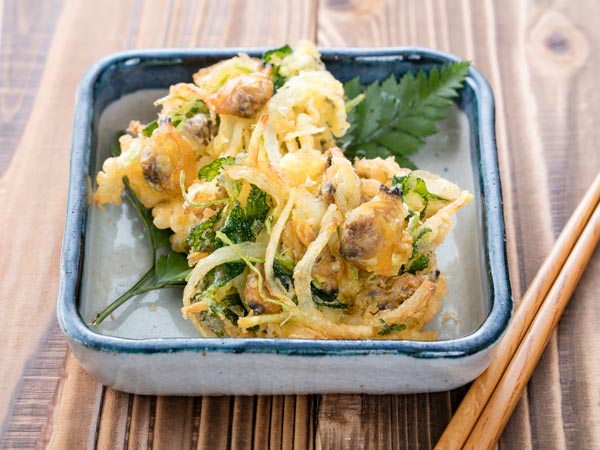
Asari Clams grown in nutritious Hiroshima Bay have a crisp body and rich taste! “Kakiage” is a simple dish where you can feel the original taste of clams, which are made by sprinkling onions and flour, and quickly deep-fried.


Boil rockfish with its fat. It is the most popular dish to eat rockfish deliciously.
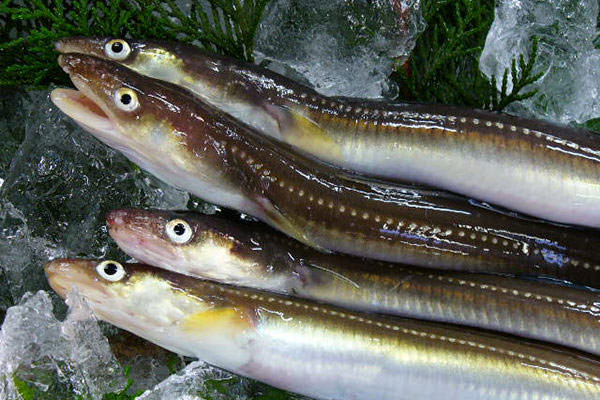
It is a conger eel that received the nutrients of the Chugoku Mountains in Hiroshima Bay and has a soft taste.
It has less than half the fat of eel, so it's can be eater by a lot of people. It can be seasoned freely.

The season for conger eel is mid-January and summer. After removing the middle bones and head of the conger eel and then grill it.
Then, apply a few times a sweet and spicy sauce made with soy sauce, mirin, and sake.
There are various ways to cook conger eels. If you serve it on top of the rice that was cooked with the conger eel's broth, it's ready to be eat !

Grilled conger eel is fragrantly grilled with a sauce that condenses the flavor of conger eel. It's the best dish whether you eat it as it is or make it into a bowl of rice.
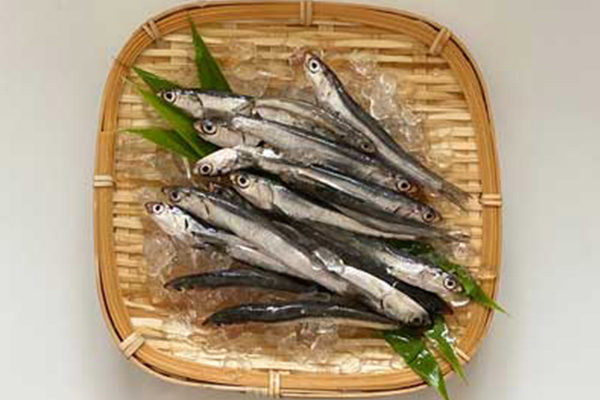
Small anchovy dishes are one of the representative local dishes of Hiroshima and are eaten in sashimi or tempura.
It is said that “it tastes like sea bream if you wash it seven times”: by repeatedly washing in cold water, it will tighten the anchovy a lot. Also, it is often use as “dashi” broth base.

A local dish unique to Hiroshima where fresh small anchovy are made into Sashimi. Eaten with grated ginger, it is on of Hiroshima's people basic on summer. This is a dish I would definitely like you to eat when you come to Hiroshima.

Freshly fried anchovy tempura is a specialty dish that goes side by side with anchovy sashimi. You can enjoy it deliciously with ponzu sauce as well as tempura soup and salt.
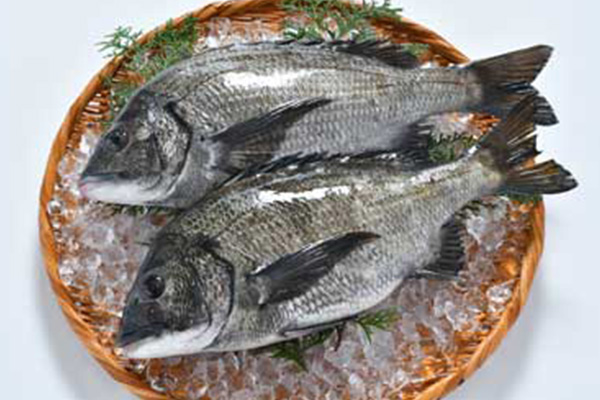

This takikomi rice is made with black sea bream from Hiroshima, which boasts one of the largest catches nationwide. It is a fish that often eat abundant food around oyster rafts, so it has a lot of fat. Enjoy the umami that comes out of the black sea bream.
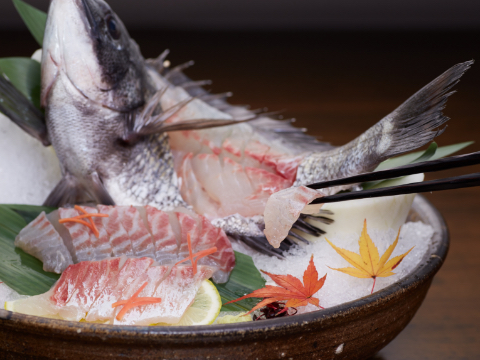
The winter black sea bream is called “cold chinu”, and it is very tasty because of the fat on it. Try sashimi with its crisp texture and taste.
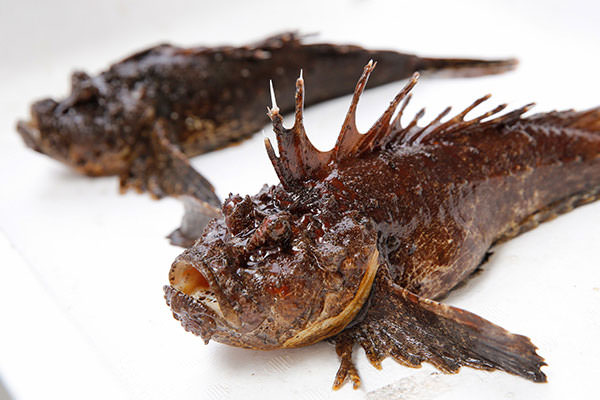

An elegant white fish that you can't imagine from its appearance. It is as delicious as pufferfish. You can also enjoy delicious skin and liver with hot water. Eating soup made with leftover is a “common” way to eat it all.

Whole deep-fried that has a plump and elegant taste. You can also enjoy crispy fried fins deliciously.
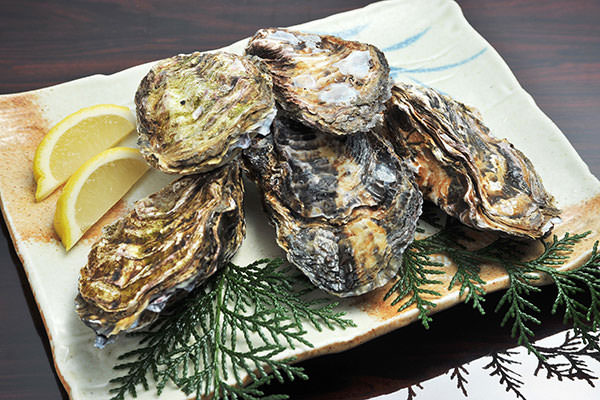
About 60% of the nationwide oyster production is produced in Hiroshima prefecture. That is why it's famous as a representative of Hiroshima gourmet food. The oysters in Hiroshima Bay, which is rich in phytoplankton, are plump and have a rich flavor.
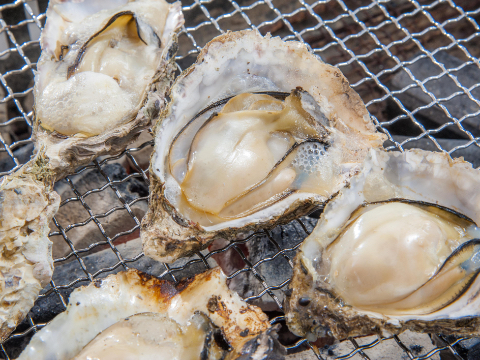
Yakigaki (grilled oyster) is a dish that allow you to enjoy the flavor of oysters qt the most. Please enjoy up to the last drop of juice left in the shell.

Natural Ayu grew up in the Ota River, a first-class river with a total length of 103 km, pouring into the Seto Inland Sea, from Kanzan (elevation 1,339 m) in Hatsukaichi City (formerly Yoshiwa Village), Hiroshima Prefecture. As special products, there are “dried ayu” and “uruka” that go well with sake.

Iriko from Ukishima, one of the Suo Oshima Islands, is famous as one of the nation's leading brands.
Freshly caught iriko are immediately transported to the processing plant, where they are boiled for a few minutes and then dried in a dryer to prevent the umami from escaping.
In addition, after being dried in the shade in the factory, it becomes “iriko”, and it is removed by the eyes of a skilled person that has bad shape and fat, etc., and packed in boxes or bags according to quality and shipped.

Speaking of Hiroshima's freshwater clams, “Ota River Shijimi”. It has a high reputation for being large and having a good taste.
It is called “Doyo Freshwater Clam” in summer, the best season to eat it.
Not only is it delicious, but it also contains amino acids, vitamins, minerals, and when you make it into miso soup, it taste the best !

The hairtail has no scales on the whole body and is characterized by a silver-white elongated body shape. There are theories that the origin of the name is that it resembles a sword, and that it stands and swims. It can be eaten as sashimi, grilled with salt, or fried.
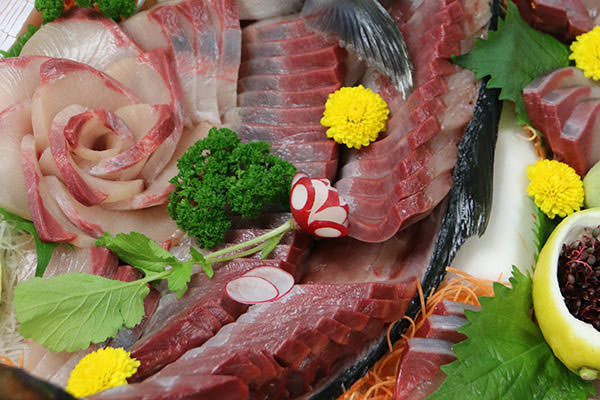
Atadajima, Otake City, boasts the highest yield of yellowtail farming in Hiroshima prefecture. “Atata Hamachi to Lemon” is a yellowtail farm that feed it with lemon, which boasts the highest production volume in the country. Adding lemon to the bait makes it difficult to lose freshness and has the effect of suppressing the peculiar smell of fish.
In addition, the meat has a citrus flavor, and when heat is added, the citrus flavor increases, and the umami becomes stronger. We also recommend sashimi, as well as shabu-shabu.